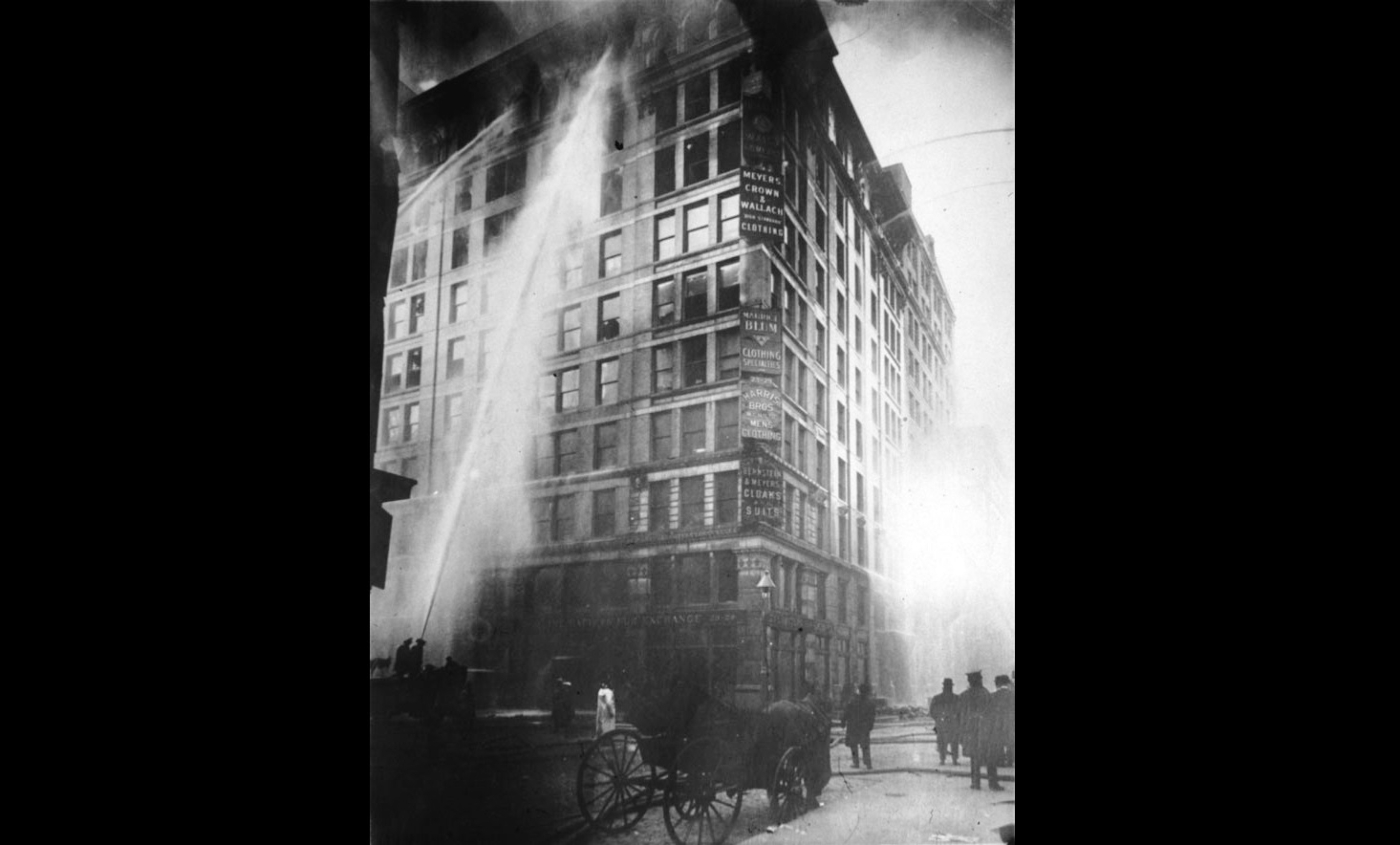|
History of Union-1911 Triangle Fire
|
|
|

|
|
The employees working in the factory were mostly immigrants, men and women who traveled to the United States looking for a better life for themselves and their families. They heard that despite the huge gap between the wealthy and the poor in cities like New York, the United States was a country where they could make good money. They believed it was a place in which they could pull themselves up by their bootstraps and make a life for themselves. Those workers clocked into work as early as 7 AM and stayed until 8 PM, with no weekends and no health care. They started their careers as early as 15 years old – much older than the workers at many other factories, where children as young as 5 clocked in every morning. They earned only $6 a week, and had to buy their own supplies to complete their work. They worked in cramped and unsafe quarters with little to no regulation or oversight. And most of the workers had no union or representation to stand up for their rights. The Triangle Factory Fire was an unspeakable tragedy, but something good did come out of it. After the fire, the Ladies Garment Workers Union (LGWU) led a protest for higher wages, shorter hours and extra pay for overtime. They called for better safety conditions, like sprinkler systems in the factories and adequate fire escapes. And despite the protests of business and the imprisonment of many of the strikers, the unions won. These protests, followed by hundreds of others, led to the 40-hour work week, the sick leave, the health benefits, the safety precautions and the child labor laws that we know and love today.
|
|
|